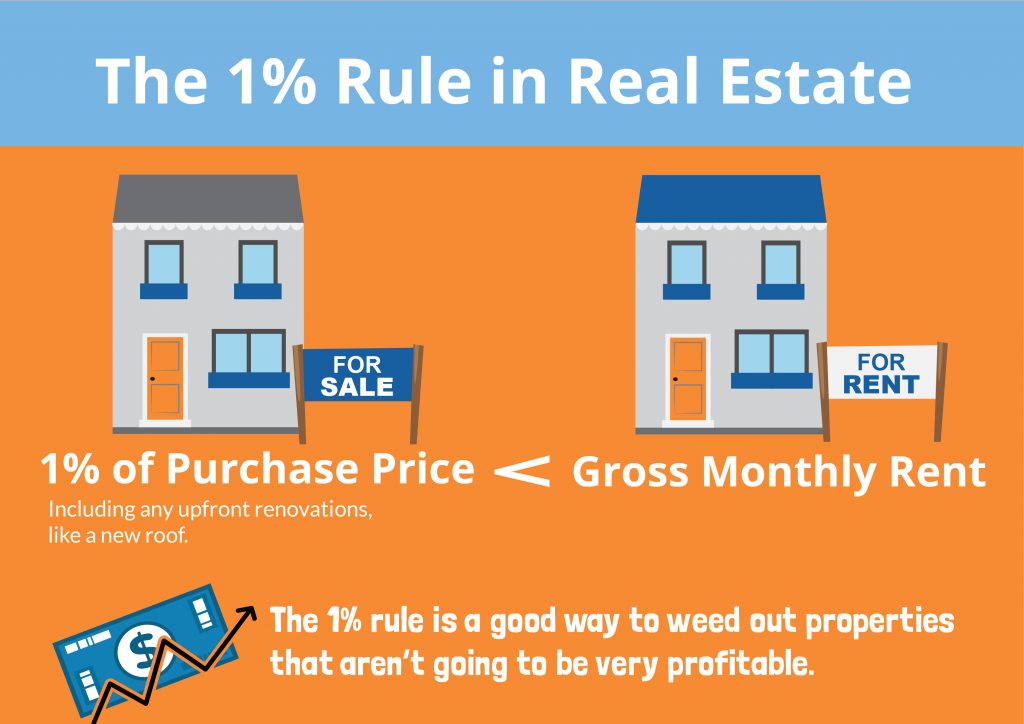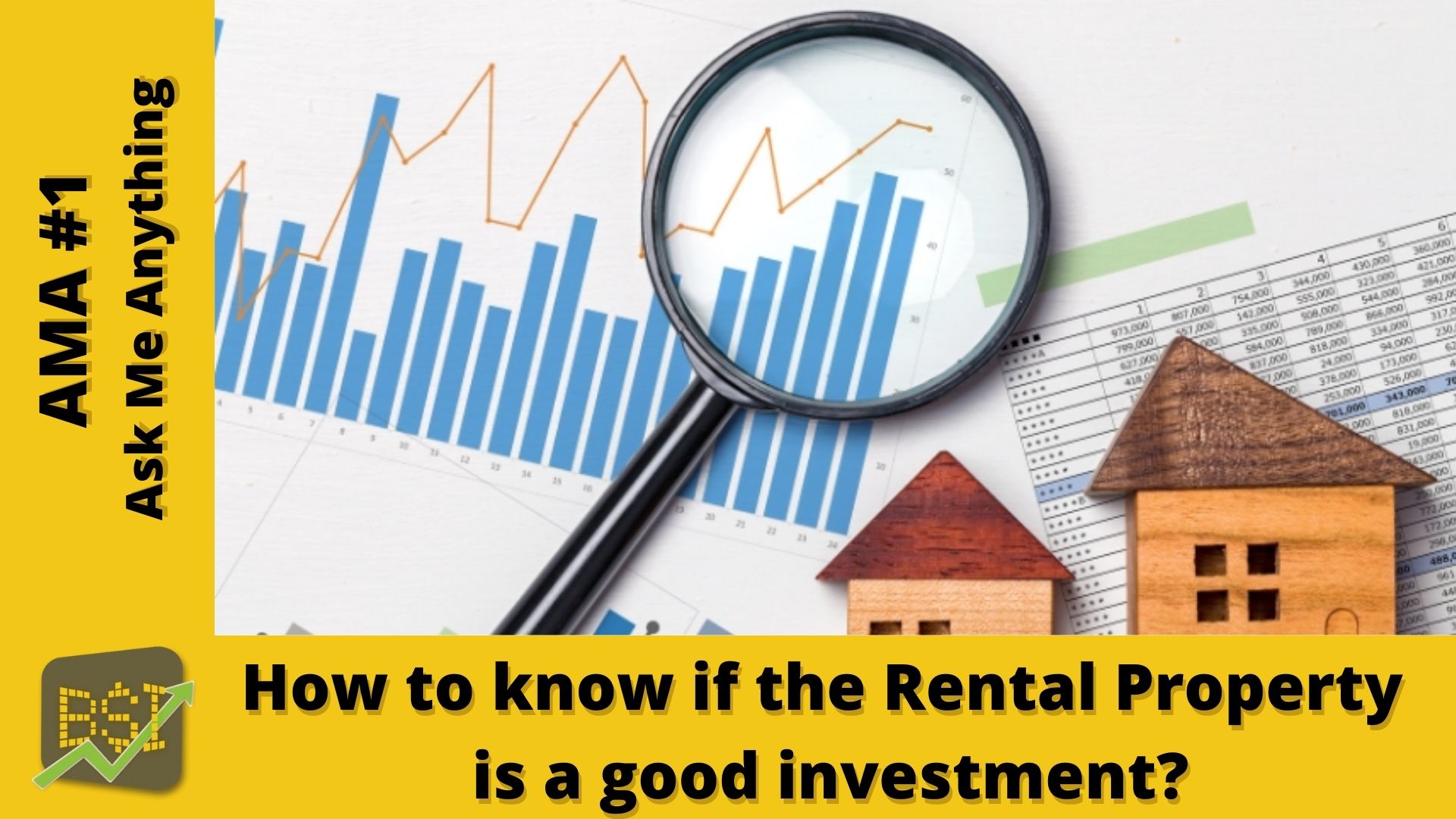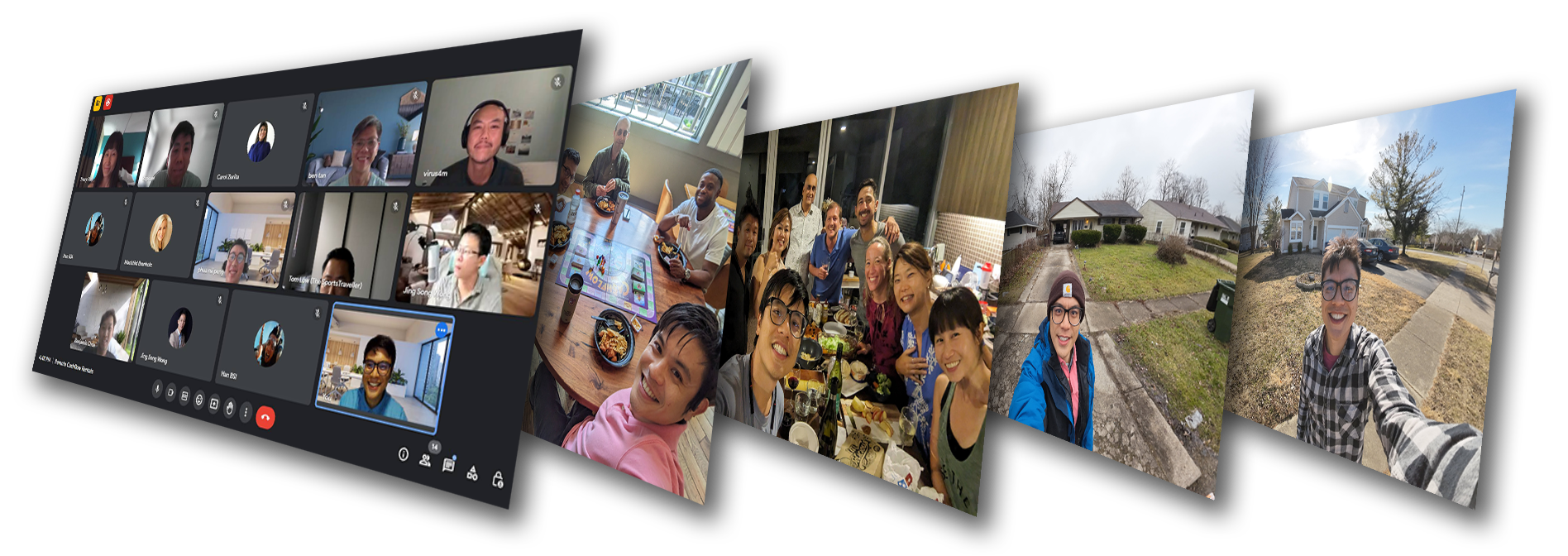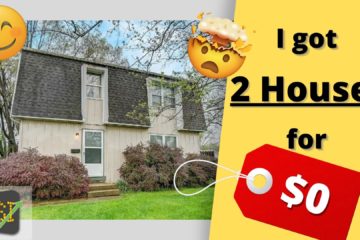What is the 1% rule?
![what_is_the_1__rule[1] Know this rule before investing in Real Estate. 1% Rule](http://www.bytesizedinvestments.com/wp-content/uploads/2023/10/what_is_the_1__rule1-750x450.png)
Building a real estate portfolio in the United States is not as difficult as you think.
Growing a real estate portfolio is an excellent way to provide long-term passive income and generational wealth building.
With the right knowledge, strategic planning and an understanding of key principles, it’s possible to start real estate investing and gradually expand it into a portfolio.
Today, we shall explore the 1% rule.
A property in a high-priced market like in Hong Kong, Singapore, Shanghai, San Francisco or New York easily costs $1.2 million and up, while the monthly rent is about $4,000.
The monthly rent is only 0.3% of the property’s purchase price… or 4% annual gross rental yield.
After factoring in mortgage expenses, the property will be negative cashflowing. Instead of finding an investment that pays you, you end up having to work harder just to pay for the investment.
Enter the 1% rule.
The 1% rule is a fundamental principle used by real estate investors to evaluate the potential profitability of a property.

According to this rule, the monthly rental income should be at least 1% of the property’s total acquisition cost.
For instance, if a property costs $200,000, the monthly rental income should be $2,000 or more to meet the 1% rule.
This would translate to a 12% gross rental yield.
With a higher yield, it ensures that the property generates sufficient cashflow to cover expenses such as mortgage payments, property management, and maintenance while leaving room for a positive return on investment (ROI), and generating a stream of monthly passive income.
You actually get a property that pays you month after month.
When you buy enough of such properties, you generate enough passive income to pay for your living expenses. You no longer need to rely on day job to pay your living expenses.
You are free to do anything you want.
And this is one way to achieve financial freedom!
Here are some frequently asked questions:
- Can I, a non-US citizen take loan to invest in US real estate?
- Can I take a loan if I do not have credit score?
- How much capital do I need before I start investing in US real estate?
- How to know if the property is a good deal?
You can find all these answers here!
Curious to find out more about Cashflowing Rental Properties?
Feel free to drop your questions in the comments below, or leave them on any of our social media accounts.
Hope to hear from you soon.
I am running a cohort based course – Remote Cashflow Rentals Live Online Masterclass on 27th, 28th & 29th Oct 2023 to teach how you can buy your First Cashflowing Rental Property and get paid while waiting for appreciation. Enroll here.







